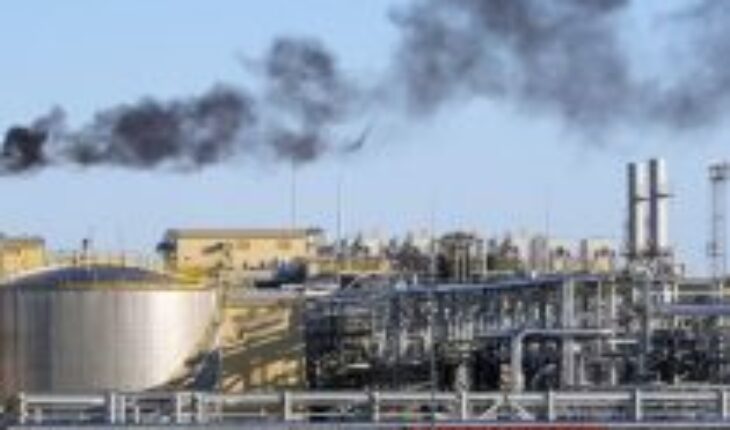The updated proposals describe not only how the EU plans to negotiate the immediate gas crisis, but also deliver on promises to completely abandon Russian energy by 2030.
The strategy focuses on three key thematic areas: improving energy efficiency, expanding the use of renewable energy, and securing non-Russian oil and gas suppliers.
“We are taking our ambition to another level,” European Commission President Ursula von der Leyen said as she presented the plan update at a briefing in Brussels, Belgium, on Wednesday.
REPowerEU is estimated to cost about $220 billion over the next five years.
The Commission’s report highlights energy saving as the “cheapest, safest and cleanest” way to reduce dependence on Russian fuel.
It wants to improve the way buildings are thermally insulated, as well as encourage consumers to be more aware of energy use.
It also plans to accelerate the transition from boilers that burn fossil fuels to electric heat pumps (a device that absorbs heat from the air, soil or water around a building).
Plans to reduce energy consumption in the EU also became more ambitious, from the original plan for a 9% to 13% cut by 2030.
More green energy
The European bloc has spent $120 billion on a “massive expansion of renewables” and new hydrogen-based infrastructure.
New EU legislation is proposed to facilitate the construction of solar and wind farms.
“Every time we talk about the rapid deployment of renewables, there’s an elephant in the room: getting a permit,” said Frans Timmermans, vice president of the European Commission.
“It can take up to nine years for wind projects and up to four years for solar projects, so this is a time we don’t have and we have to speed things up,” he added.
The Commission proposed to define suitable areas so that permits can be granted in less than a year. In turn, that certain buildings must have solar panels on the roof.
The EU’s target for renewables was also raised to 45% by 2030, up from 40% initially planned.
More oil and gas infrastructure
Even if the installation of new wind and solar farms in special areas is accelerated, it will take time for them to be operational.
To rapidly diversify from Russian fossil fuels, the EU is investing up to $12.65 billion in liquefied natural gas pipelines and terminals to improve access to gas and oil in other countries, including Egypt, Israel and Nigeria.
Some environmental groups criticized the news because they say they want to see a definitive break with fossil fuels.
“The European Commission’s latest strategy strikes with one hand and takes away with the other,” said Eilidh Robb, an anti-fossil fuel activist with the Friends of the Earth Network.
“The so-called REPowerEU contains useful and necessary advances towards renewable solutions, but simultaneously allows almost 50 projects and expansions of fossil fuel infrastructure,” he questioned.





